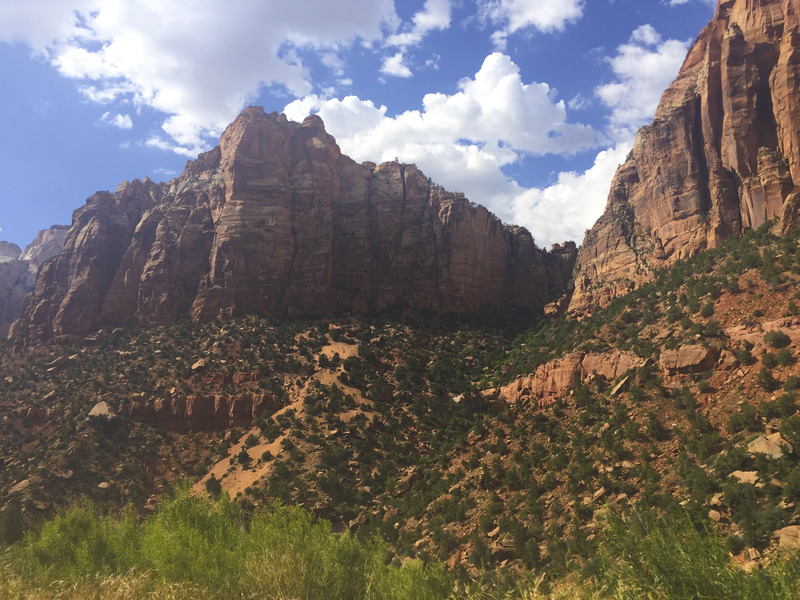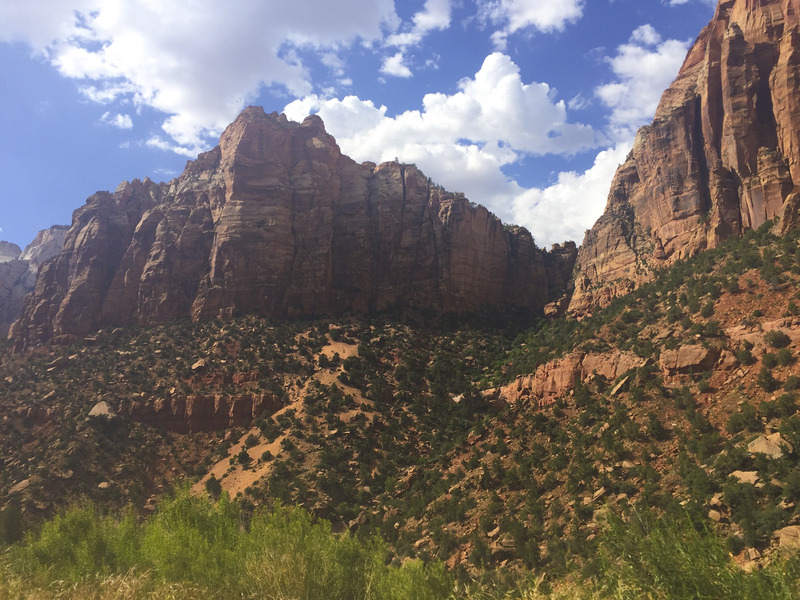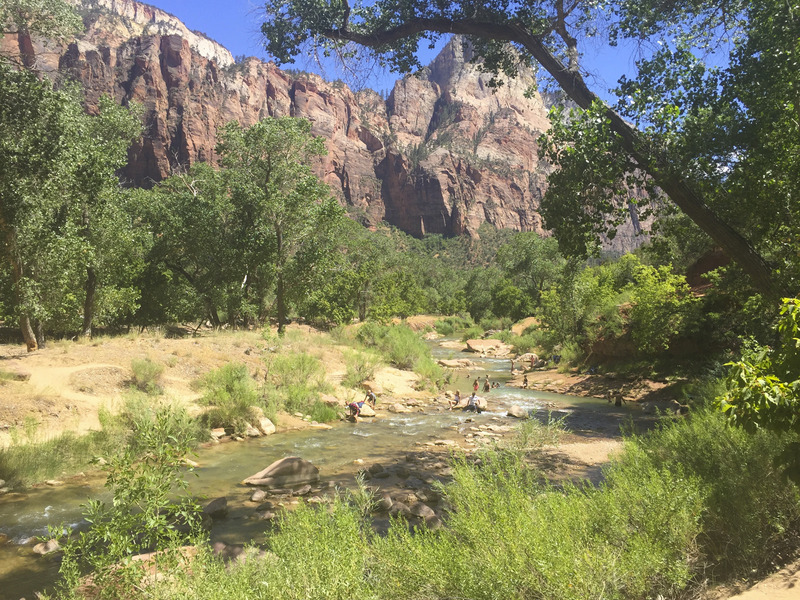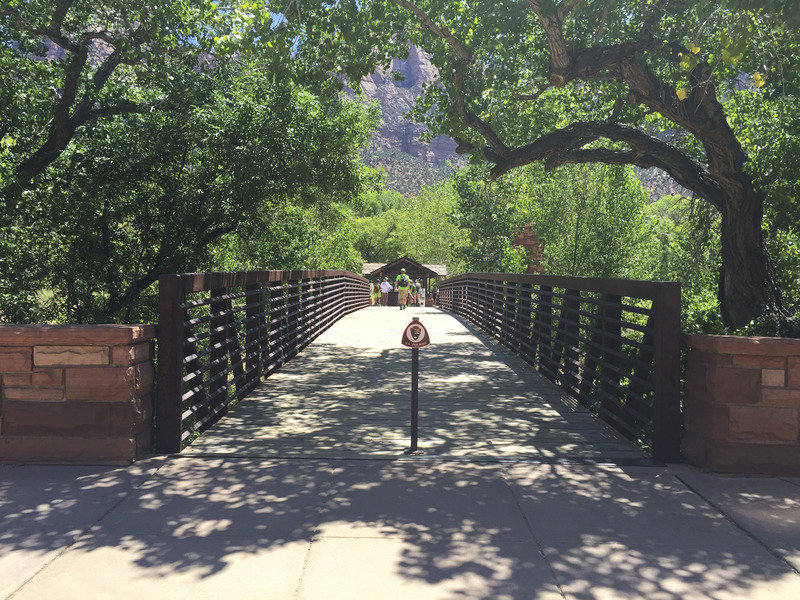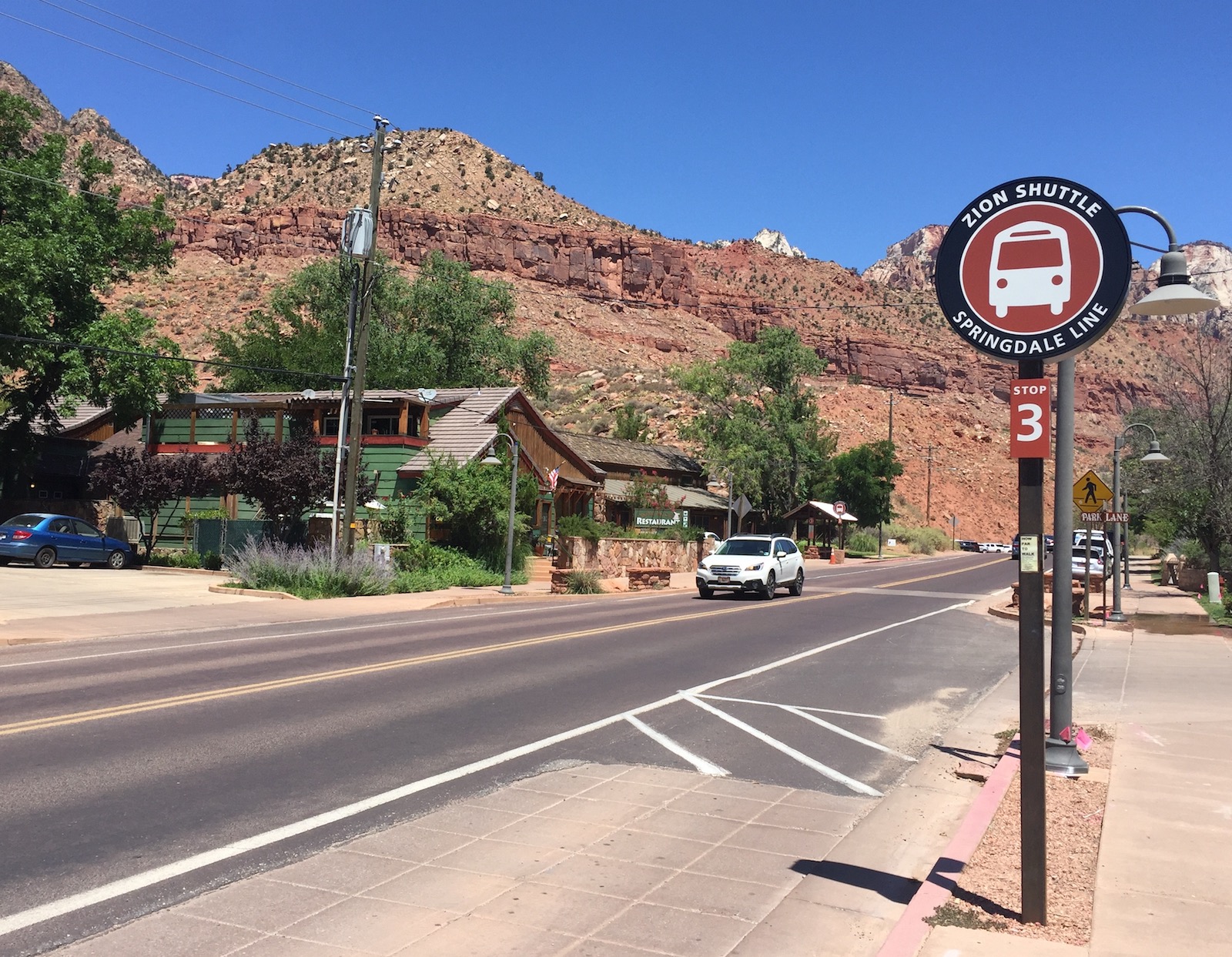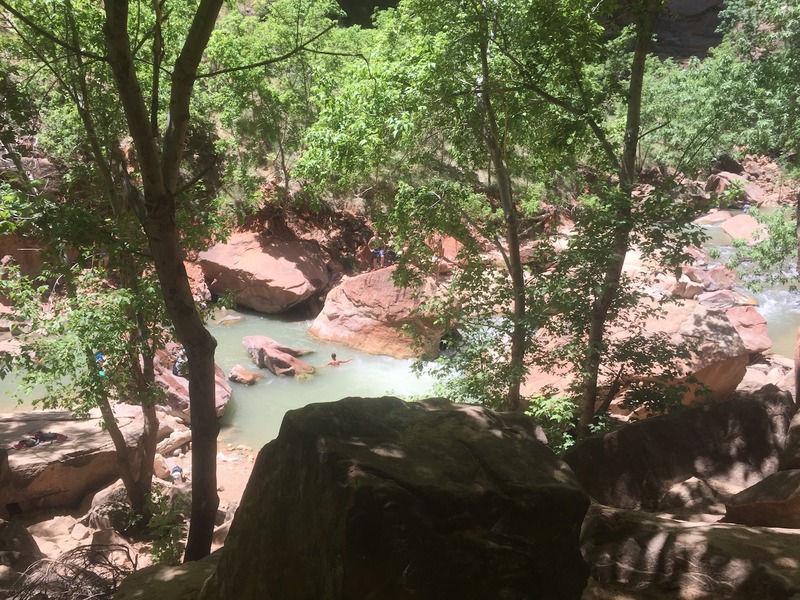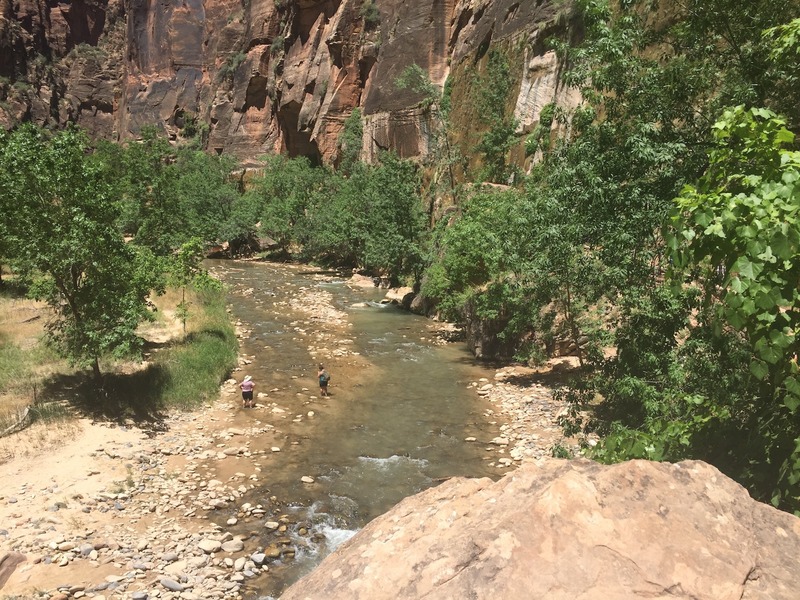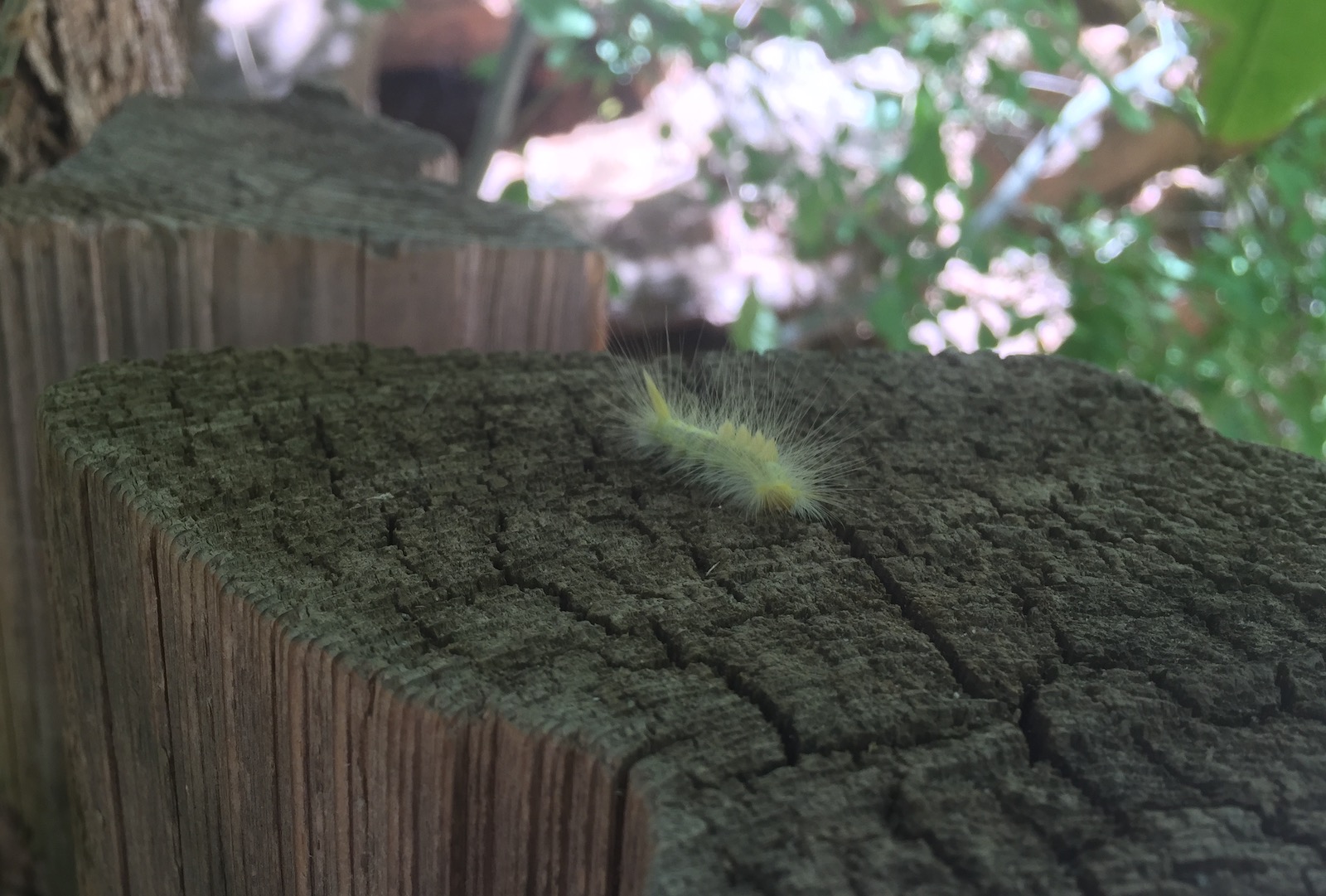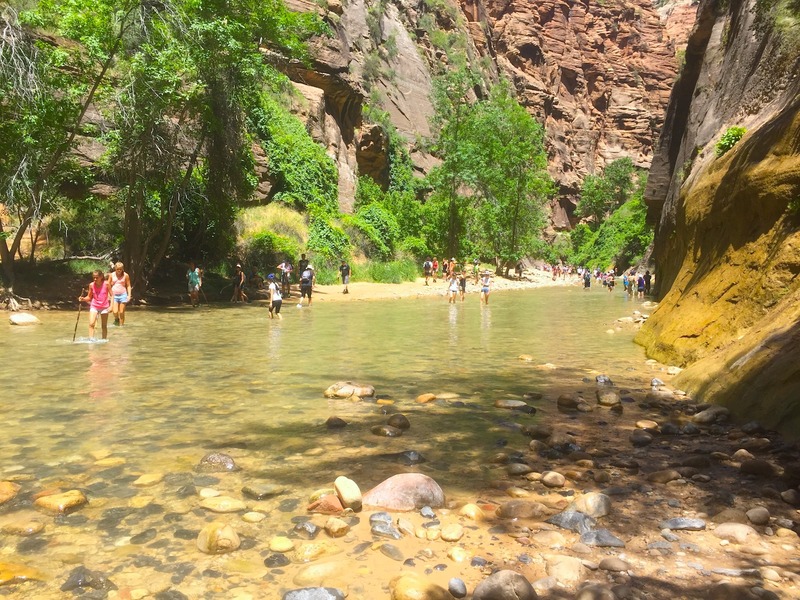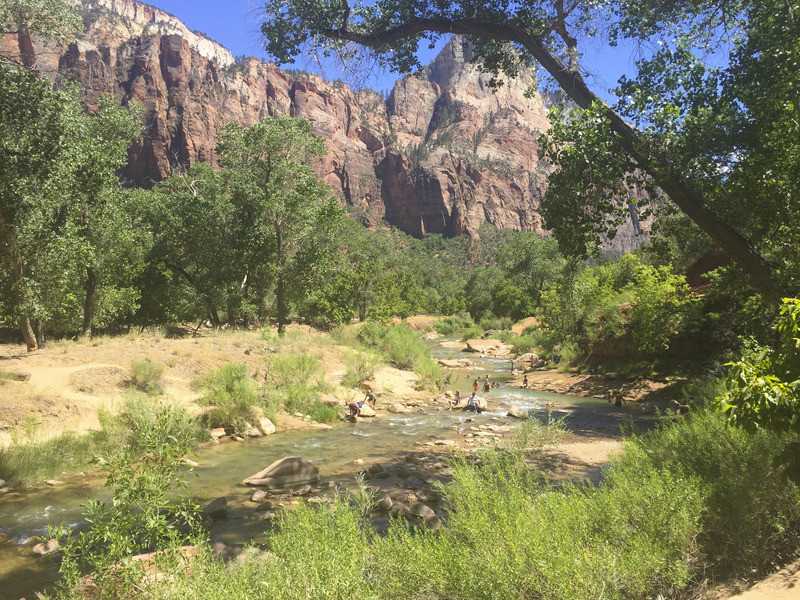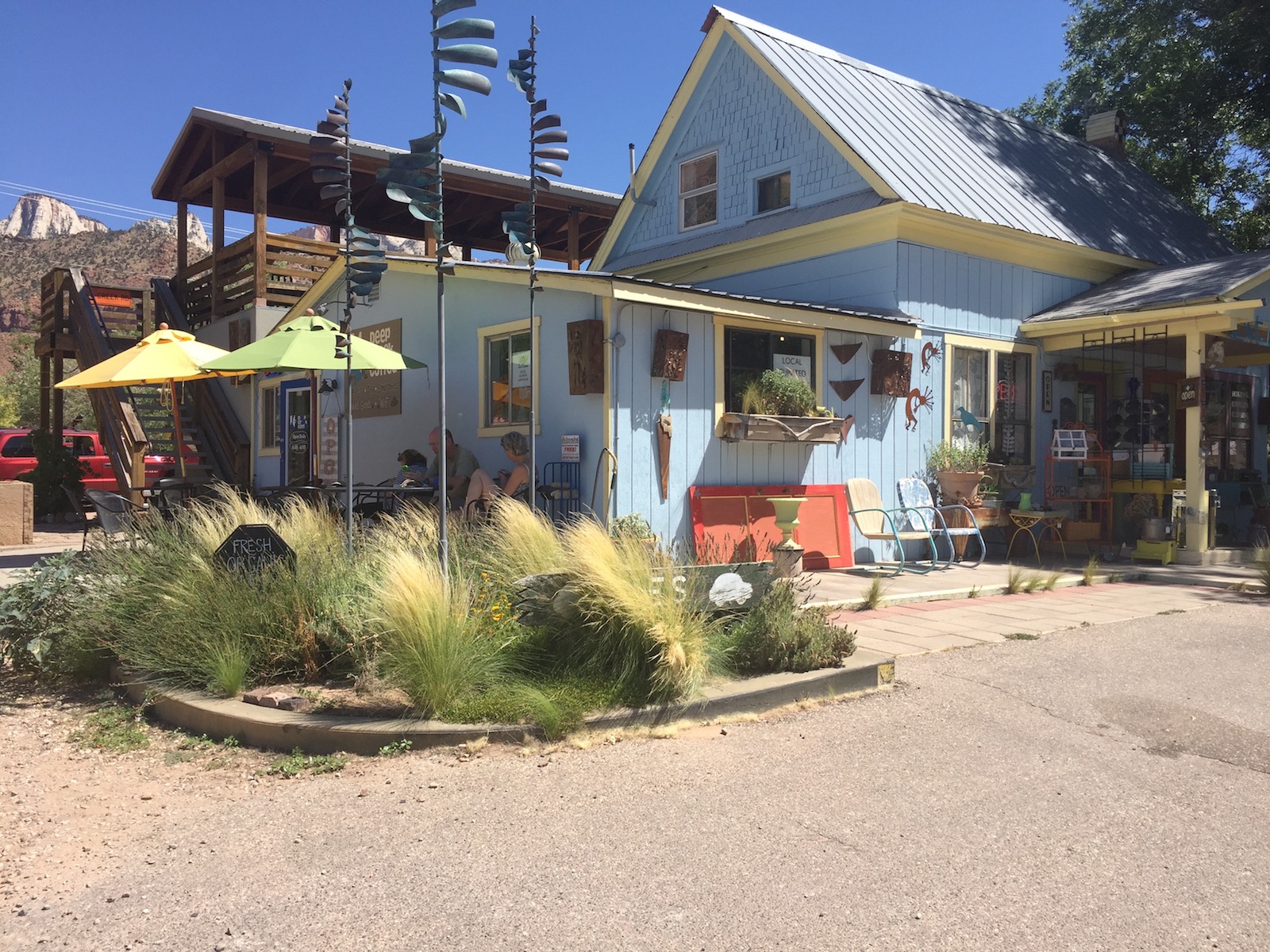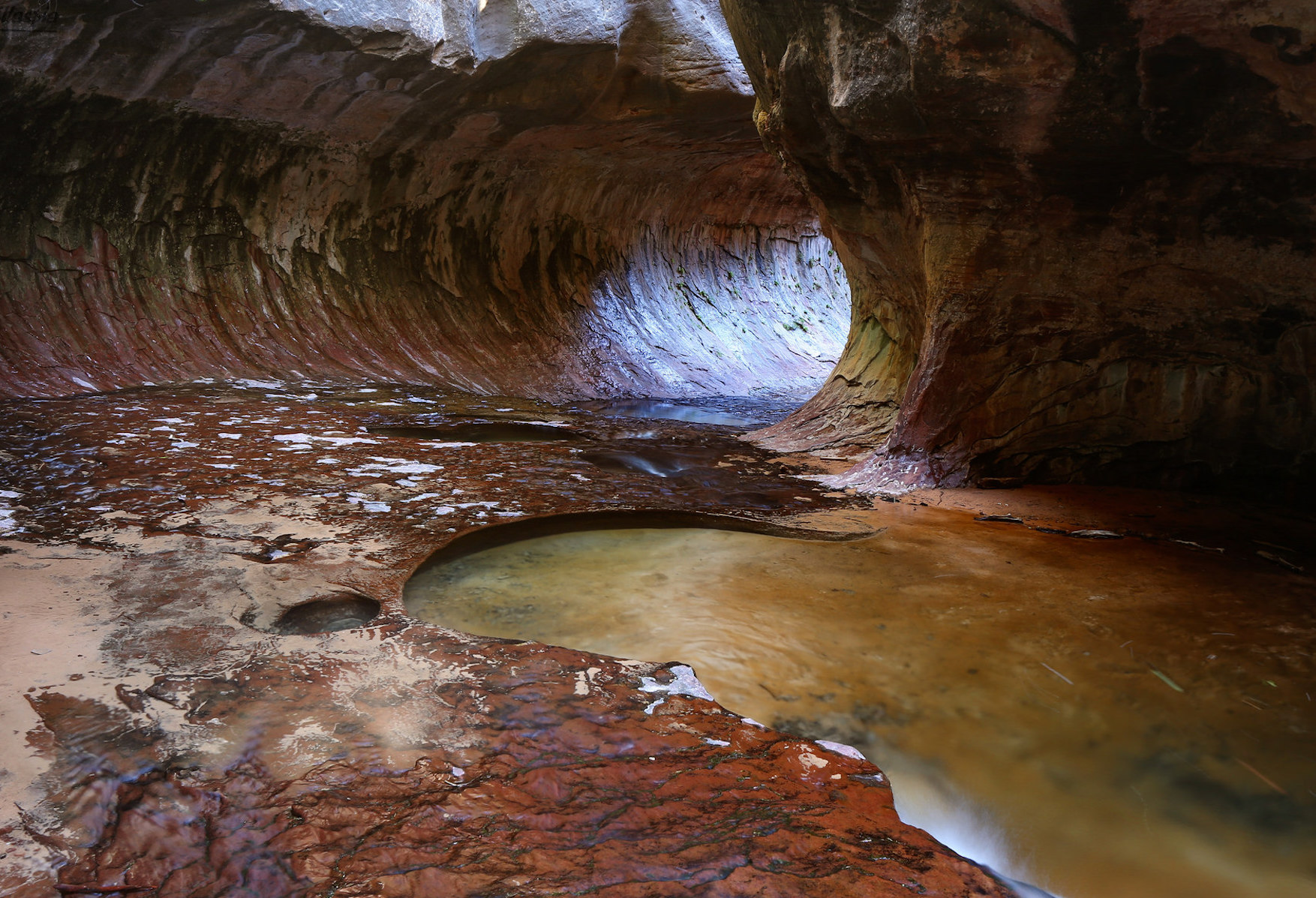The Local newsletter is your free, daily guide to life in Colorado. For locals, by locals.
In 2016, the U.S. marked the Centennial birthday of the National Park Service. To celebrate, we decided to push our boundaries—quite literally—by venturing across state lines to Zion National Park. The 229-square-mile preservatory was founded in 1919 as Utah’s first national park and is known for its epic canyoneering. After a long (and very hot!) weekend in mid-July, we left with dusty sleeping bags, worn-in hiking boots, epic photos of waterways, canyonlands, and red rock, as well as some helpful tips on what to do (and not to do!) in Zion. While winter can be a bit too frigid for camping and extensive exploration, it’s also the perfect time to start planning your trip to the Utahn treasure.
Odometer: 605 miles, one way (about a nine-and-a-half-hour drive)

Getting There

Do: Drive—with a solid road trip buddy. The nine-and-a-half-hour journey can be tedious, but it’s a tolerable day-trek if two or more people are splitting time behind the wheel. Even better if there are good snacks, tunes, and conversation. Driving also allows plenty of space to pack up all your best gear if you plan to camp.
The majority of the journey is on I-70, which snakes you through Glenwood Springs and Grand Junction before taking you across state lines. Throughout summer and early fall, you’ll likely see Palisade peach stands as you approach the Utah border. Demand that you pull over and purchase some (just make sure to grab napkins; the juicy fruit makes for a messy road-trip snack). The Welcome to Utah sign is also a nice place to stop, stretch your legs, and snap a social-media worthy pic. If you have time to make the trip over two days, Moab makes for a perfect halfway stopping point; read our first-timer’s guide here.
Don’t: Wait until the last minute to stop for gas; once you’re in the Beehive State, important road-trip things—like gas stations, scenery, shrubbery, photo opps—are sparse.
Once You’re There
Don’t: Rely on your cell phone. Both Zion National Park and Springdale—the adjacent town that contains all the area’s amenities, stores, and restaurants—have limited to no service, and wifi is shoddy at best. I’d recommend writing down or printing any important information (reservation numbers, directions to campsites or hotels, hiking info) before you get to Springdale.
Do: Plan your nightly accommodations well in advance. Reservations for campsites, hotels, and even Airbnb’s fill up quick, and knowing where and how you’ll spend your nights will help you plan your days to the fullest. After all, it’s not every weekend you can take a 605-mile road trip.
If You’re Camping…
Be sure to prep and plan for the type of camping that best suits you and your party. (Do you have kids with you? Are you planning to leisurely explore the park via the free bus, or to canyoneer all day?) The National Park offers car camping, RV camping, and backcountry camping. There are also two drive-up campgrounds near the south entrance to the park at Springdale, both of which require reservations, get crowded quickly, and supply minimal shade in the summer.
Car camping in one of the family-friendly RV parks is best during the transition seasons, when the weather won’t impede your mood (nobody is happy when sweat is trickling down their face as they try to sleep). Most adventurous Coloradans will prefer camping among the Kolob Canyons, which is in the park but about an hour drive from Zion Canyon, where most of the park’s activities are located. You can find more information about the private campsite, which requires multiple permits, on the National Park Service’s website.
If You’re Staying Indoors…
Springdale offers a handful of lodges, hotels, and bed-and-breakfast joints. The latter is a good choice for couples or small groups who are looking to get the most bang for their buck. Zion Bed & Breakfast and Under the Eaves are both in the center of Springdale, just off the town’s main (and really, only) drag: Mount Carmel/UT-9 W. For something with a little more elegance that’s still affordable, try Desert Pearl Inn, a family-owned establishment with a pool, hot tub, and views of the Virgin River. The Zion National Park Lodge is also a lovely stay, and the only lodging available within the boundaries of the park.
Where to Explore
The Narrows
Do: Take advantage of Zion National Park’s built-up infrastructure. (As one friend stated, Zion is the “Disney Land” of national parks.) There is a shuttle with a guide that carts tourists to designated stops throughout the park, making it easy to get to popular passages, sites, and hiking spots in the vast canyon. Deciding when and where to go in Zion can be overwhelming, so take advantage of the plethora of information supplied by tour guides, locals, and brochures. Pop in Zion Adventure Company on Lion Boulevard for its free “Hiking Zion” brochure, which concisely explains each of the park’s most popular trails so you can prioritize what you want to do and when.
Don’t: Simply stay on the shuttle; Zion is meant to be explored. As a rule—particularly in the summer—start your adventures with an excess of water, suscreen, and chapstick.
A perennial favorite, the Narrows is a one-of-a-kind “hike” through—literally—the Virgin River. It ranges from easy to strenuous, depending on how far you go. Walking on riverbed can be awkward and potentially even painful for those with ankle or foot injuries, but explorers can meander for as long or as little as they like. I highly recommend renting water shoes, dry pants, and a hiking stick from visitor’s center near the park entrance. You can also traverse the waterway from the top-down—which takes about 13 hours—with a special permit.
Another one of Zion’s most infamous hikes is Angel’s Landing. If you couldn’t tell by the name, this adventure is not for the faint of heart. The strenuous, five-mile trail, which has a home in Outside Magazine’s 20 Most Dangerous Hikes, takes about five hours and touts about 1,500 feet in elevation gain.
Zion National Park is, of course, a global destination for its canyoneering. The Subway, likely its most famous, is a top-down route that takes a full day, requires a permit, some water-wading, technical gear, and previous canyoneering experience. Be sure to do plenty of pre-planning and make a reservation a couple months in advance; more on that here.
Where to Eat (And Buy Booze)

A breakfast bagel sandwich from Park House Cafe
Breakfast
The Park House Cafe (pictured above) is a local favorite for a fresh, affordable, and simple breakfast. The quaint and welcoming atmosphere is a notable plus.
Lunch
For a quick and light sandwich, salad, or wrap, try Cafe Soleil, which has a healthy dose of vegan and vegetarian options for herbivores. Oscar’s Cafe is also a nice option for something a little heartier, due to its menu’s marriage of Mexican (enchiladas; pork chili verde burritos) and American (12 different burgers; steak and cheese sandwiches) cuisines.
Dinner
The Spotted Dog Café, an American bistro with a wine cellar, thoughtfully crafted menu, and casual atmosphere, is the perfect place to relax and unwind after a long day of exploration. Make sure to ask about the chef specials.
Sweets/Coffee
Browse knickknacks and novelty items (glass-encased scorpions; prickly pear honey) with a scoop of ice cream or homemade fudge in-hand at Zion Park Gift & Deli. For a portable snack and latte before you head back to Colorado, pop into Deep Creek Coffee, which bakes its own pastries daily (the scones are a must!).
Booze*
Here in Colorado, we like our adventure with a heavy dose of suds on the side. Utah is a little different, but you can still enjoy a local brew at many of their restaurants (just don’t bring full-strength liquor into the state; it’s against the law). For wine and spirits, head to Springdale’s only liquor store, which is is located inside the Switchback Trading Company gift shop (next to the Holiday Inn Express and Jack’s Sports Grill). Read more about Utah liquor laws here.
*Editor’s Note 12/14/2016: A previous version of this article contained misinformation about Utah’s liquor laws. The state of Utah does not allow liquor to be brought into the state. You can, however, purchase wine, liquor, and 3.2 percent ABW beer at designated, licensed sellers within the state. We regret the error.



